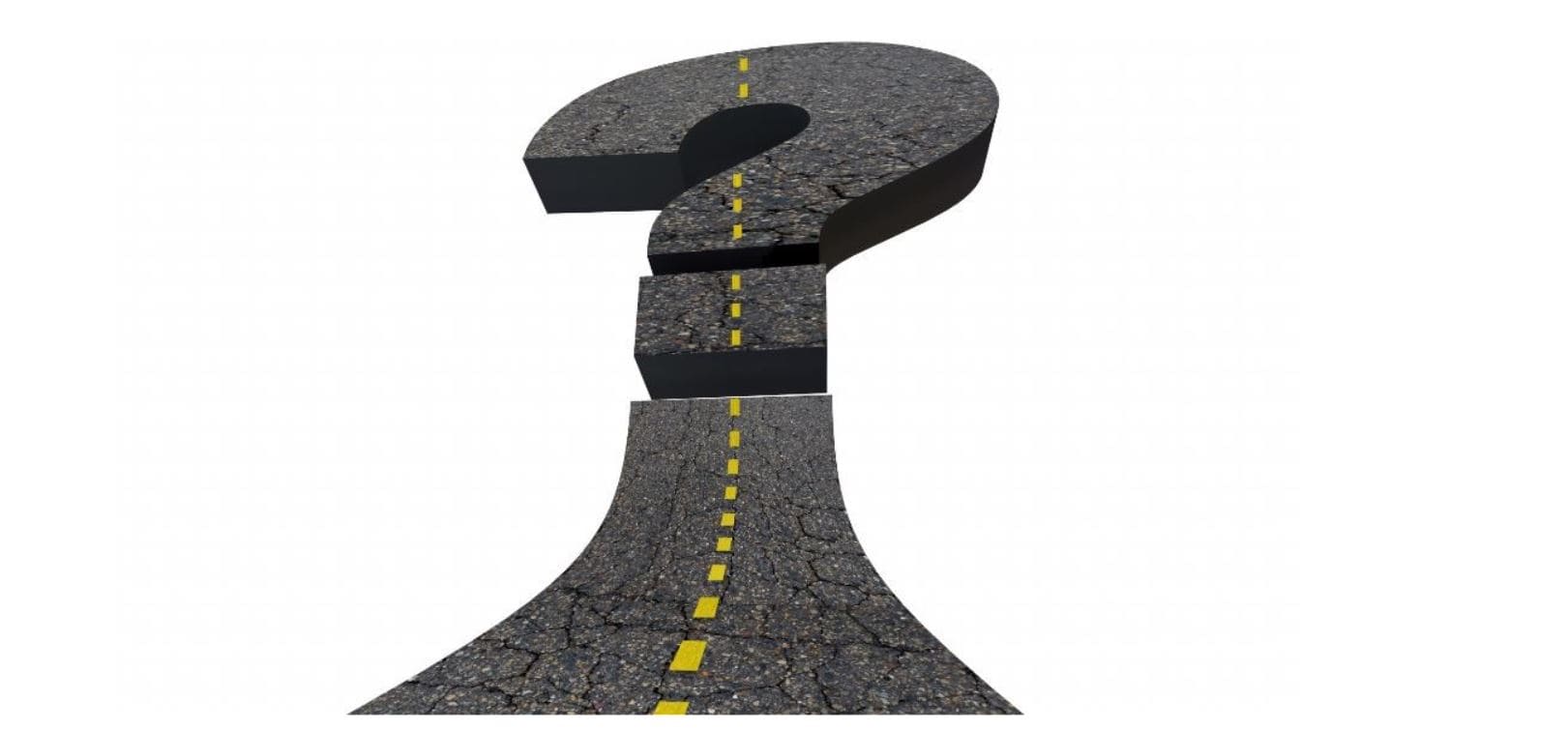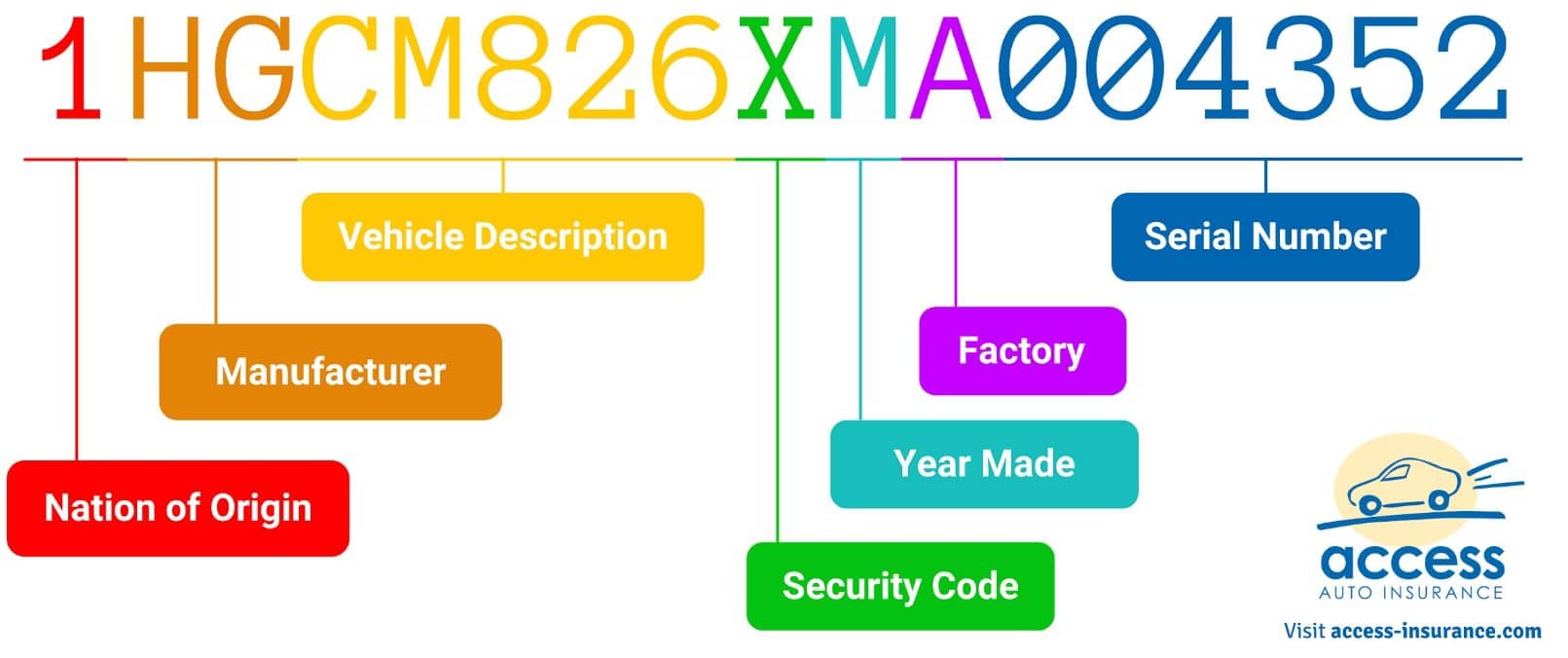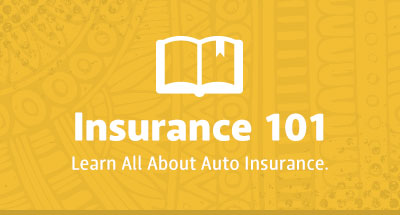What is a VIN Number?

A vehicle identification number (VIN) is a unique code that is assigned to every motor vehicle when it's manufactured. The VIN is a 17-character string of letters and numbers without intervening spaces. Each section of the VIN provides a specific piece of information about the vehicle, which includes: the year, country, factory of manufacture, make, model, and serial number. VIN’s are usually printed in a single line.
There is a lot of confusion about what a VIN is, how it is used, and what information it captures. It’s important to educate yourself on what your VIN means and how to check VIN recalls.
Fun Fact: A VIN avoids the letters: Q (q), I (i), and O (o), so there is no confusion with the numerals 0 and 1.
What is a VIN Number?

A VIN is a 17-digit “name” made up of numbers and characters, that an automobile manufacturer assigns to an individual vehicle. It can tell you pretty much anything you may need to know about your car. In addition, the VIN points out information such as country of origin, engine size, model year, vehicle type, trim level, plant name, and airbag types.
Where is my VIN located on my car? You can typically find your car’s VIN number in a few places:
- Stamped on the dashboard near the windshield, on the driver’s side of the vehicle
- On a plate or sticker on the driver’s side doorjamb
- Stamped on the engine’s firewall
- On your insurance card and insurance policy
- On your vehicle title and registration
What Does a VIN Number Mean?
Each character in a VIN has a specific meaning and is broken up into different sections. Car owners, young and old, always come to us with questions about their VIN. We will go over how to read a VIN number and identify what each character stands for.

- The first section identifies the manufacturer of the vehicle and uses the first three digits.
- The first digit identifies the nation of origin. If the car was assembled from parts produced in different countries, this digit reflects the nation where the car was assembled. For example, cars built in Japan are assigned a J in the first digit. However, cars made in the United States can have a 1,4 or 5 depending on the region of its assembly.
- The second digit identifies the manufacturer of the vehicle. In the United States, the Society for Automotive Engineers issues manufacturer codes. In some instances, it is the letter that begins with the manufacturer’s name. For example, “A” is for Audi, “B” is for BMW, “G” is for General Motors, “L” is for Lincoln, and “N” is for Nissan. But “A” can also stand for Jaguar or Mitsubishi, and “R” can also mean Audi. This may all sound very confusing, but the next digit ties it all together.
- The third digit, when combined with the first two letters or numbers, indicates the vehicle’s type or manufacturing division. You can see more about WMI codes for further research.
- The next six digits to check (positions 4-9) are the vehicle descriptor section.
- Numbers four through eight describe the vehicle model, body type, transmission type, engine code,and restraint system.
- Number nine is the check digit, which is used to detect invalid VINs. The number that appears will vary and is based on a mathematical formula that the U.S Department of Transportation developed.
- The following group of eight elements (10-17) is the vehicle identifier section.
- In the 10th position, you will see a letter showing the vehicle year. The letters from B to Y correspond to the model years 1981-2000. From 2001-2009, the numbers one through nine were used in place of letters. The alphabet started over from A in 2010 and will continue until 2030.
- The letter or number in position 11 indicates the manufacturing plant where the vehicle was assembled. Each automaker has its own set of plant codes.
- The last six digits (12-17) are the production sequence numbers, which each car receives on the assembly line.
Why the VIN is Important
There are situations in which you will want to check your vehicle's VIN, as this data records specific details of your car’s history. It’s important to check your VIN if:
- You are interested in buying a used car. Do a quick VIN lookup to get the car’s history report and find records of its previous owners, any accidents and/or repairs.
- You want to know if there is a recall on your vehicle. You can find out if the manufacturer has ever issued a recall of the vehicle and whether those repairs have been made. You can enter the VIN into the National Highway Traffic Safety Administration recall tool to stay current on VIN recalls specific to the car within the past 15 calendar years.
- Your car or car’s parts have been stolen. Law enforcement agencies do VIN checks into local and national databases. Checking these databases can help police officers identify and recover stolen vehicles or parts.
Getting a Vehicle History Report
A VIN can reveal essential information about your vehicle. If you plan to buy a used car, use its VIN to gather information on the car’s past.
But why stop with the vehicle history report? Before you buy, be sure to take a test drive and get the vehicle inspected by an independent mechanic who can advise you on its reliability. You can also make sure that you have the right auto insurance coverage to keep your vehicle safe and secure. The right coverage can make all the difference when it comes to car insurance.
Having peace of mind is great when you are on the road, and Access can help. We know how precious your ride is, and we want to make sure we do everything possible to keep you and your vehicle safe.
If you need to speak to a representative, you can always reach us directly by calling 602-922-3595. Don’t feel like giving us a ring? Get a quote online in less than 10 minutes.






